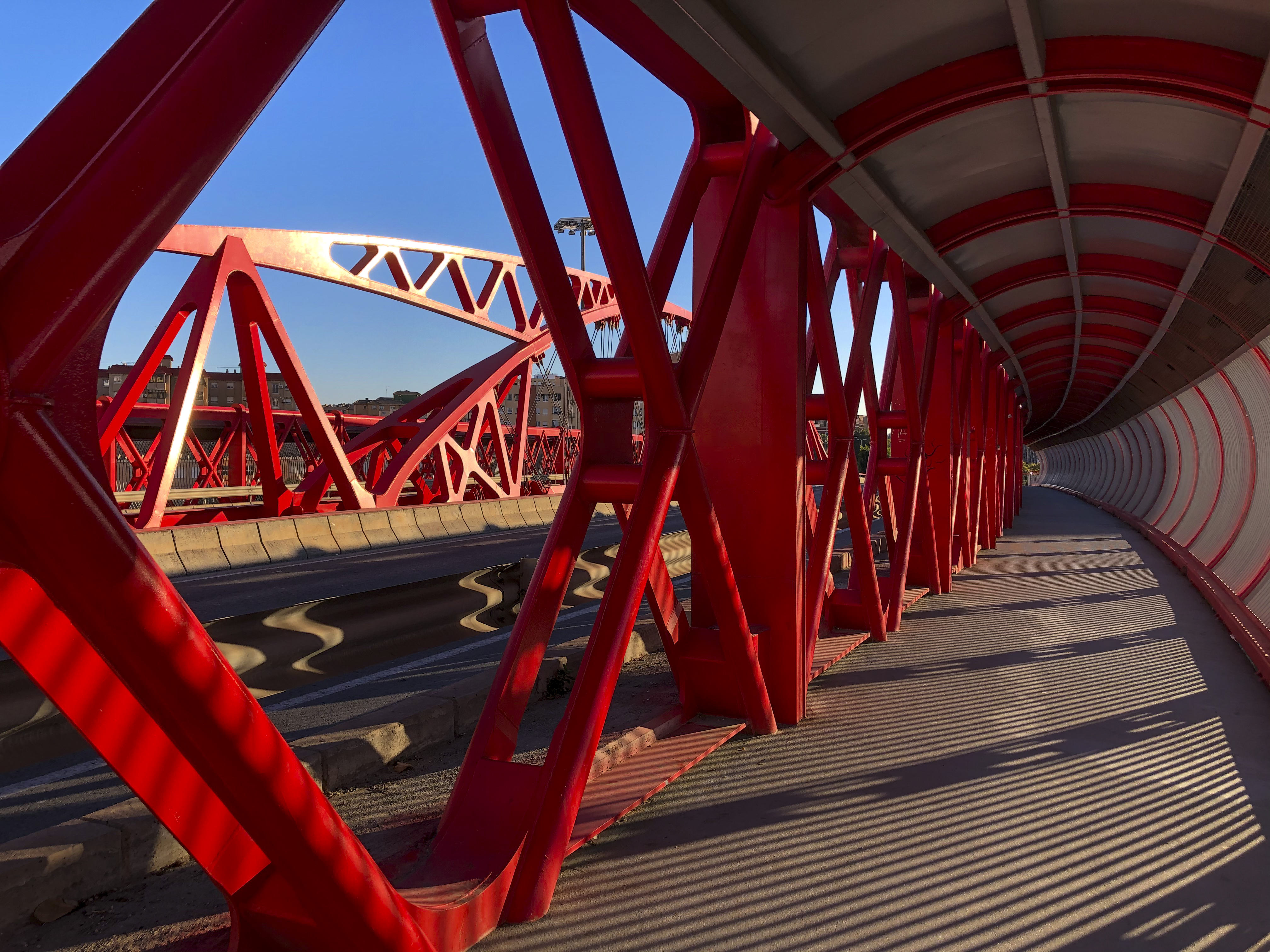Low Clearance Map Data Overview
Summary Statistics
-
22065
Total
bridges -
13.53
Average
Clearance -
15
Highest
Clearance -
5.92
Lowest
Clearance

Other Statistics
Number of bridges by State
Number of Bridges by Country
Distribution of Clearance Heights
Distribution of Hazard Headings
Number of Bridges by State
FAQ
Low Clearance means there’s not enough space between the road and a bridge, tunnel, or overpass for taller vehicles to pass safely. If your truck, RV, or trailer is too high, you could hit a Low Clearance bridge. Always check clearance signs before you go through. A few extra seconds could save you a lot of trouble.
Our routing system includes accurate height clearance for trucks. That means you can avoid costly or dangerous clearance issues. Once your route is ready, you can send directions straight to Google Maps for easy navigation.
We check our bridge height clearance info using public records, tech-based tools, and feedback from drivers. Every point also has directional info (called Hazard Headings), so you only get alerts that match your direction. This helps cut down on unnecessary road hazard warnings.
We update the map whenever new details come in. This includes newly identified structures, changed bridge height clearances, and improved metadata. If you're a commercial client, you get regular CSV updates or live access through our API, so your system always stays current.
Low Clearance Map is a subscription-based service built to maintain high-quality bridge height clearance information. Individual users can sign up for a monthly plan with no long-term commitment. The plan includes unlimited truck and RV routing, and Google Maps integration, with no long-term commitment required.
Commercial users can access the full bridge clearance database through API or CSV download, allowing full integration into custom apps, routing platforms, and fleet management tools. This enables in-house generation of road hazard alerts, custom routing engines, and more. Contact us to discuss licensing terms and data delivery formats.
Most bridge height clearance tools don’t include directionality, but Low Clearance Map does. Each low clearance bridge includes a Hazard Heading—this tells you which direction the road hazard affects. If you're on the safe side of a bridge or tunnel, you won’t get a false warning. This improves the accuracy of your route, improving routing logic and driver experience.
We currently cover the United States, Canada, and the United Kingdom. Each bridge and tunnel location is geotagged with its height clearance, direction info, and relevant metadata to support both individual and enterprise-level routing.